Caserta, the Royal Palace. The English Garden.
2022
The Royal Palace of Caserta is a royal residence, historically belonging to the Bourbons of the Two Sicilies, located in Caserta. Commissioned by Charles of Bourbon, the laying of the first stone, which started the construction work, took place on January 20, 1752, based on a project by Luigi Vanvitelli: this was followed by his son Carlo and other architects. The palace was completed in 1845.
You may also like

2022
Caserta, the Royal Palace
The Royal Palace of Caserta is a royal residence, historically belonging to the Bourbons of the Two Sicilies, located in Caserta. Commissioned by Charles of Bourbon, the laying of the first stone, which started the construction work, took place on January 20, 1752, based on a project by Luigi Vanvitelli: this was followed by his son Carlo and other architects. The palace was completed in 1845.
2022
Teano. Convent of Santa Reparata
It is one of the most important convents in Teano, also because inside the building there are the remains of the Saint who is the Coopatrona of Teano, as well as the patron saint of Florence.
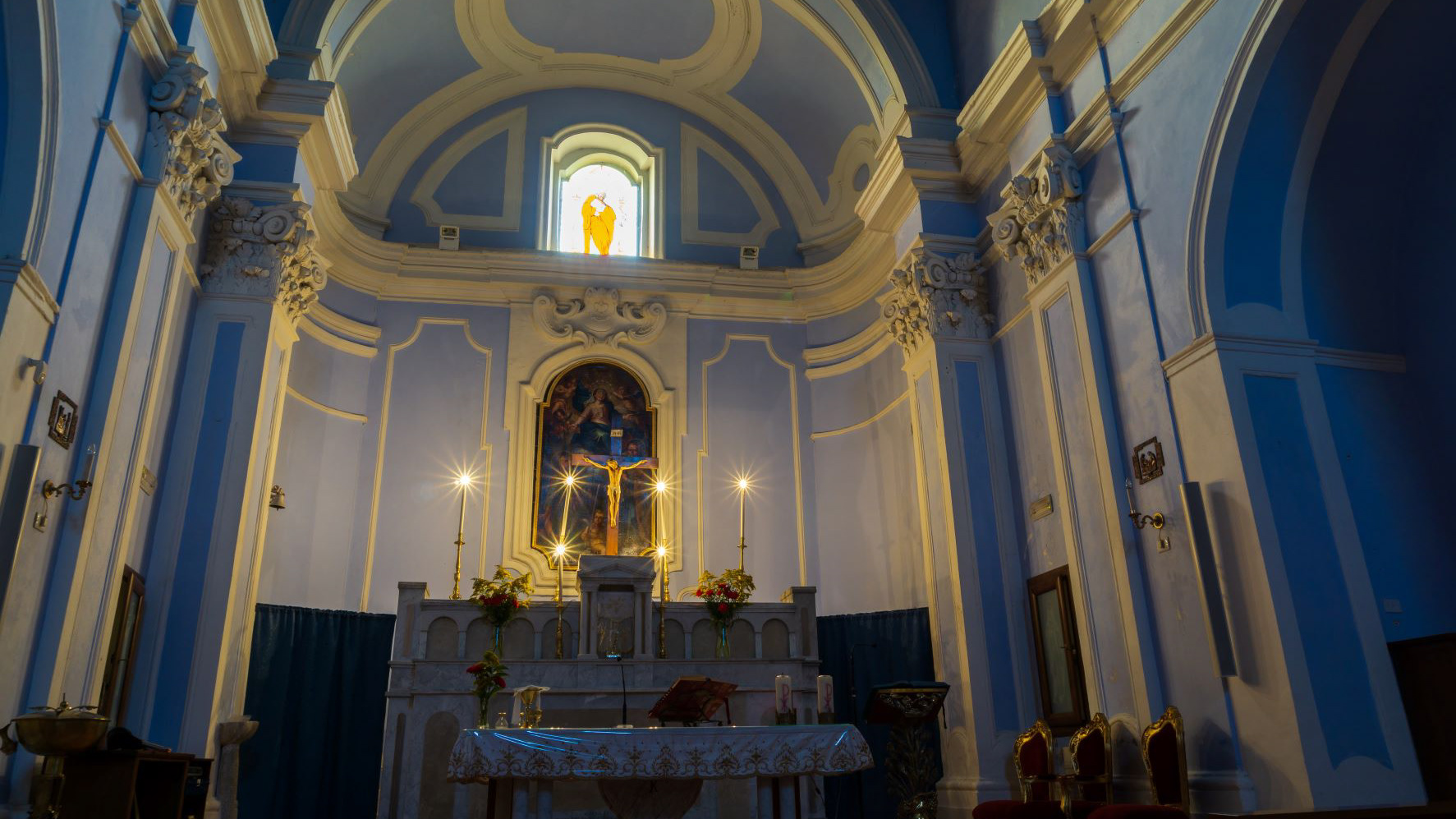
2021
Teano, Frazione Furnolo
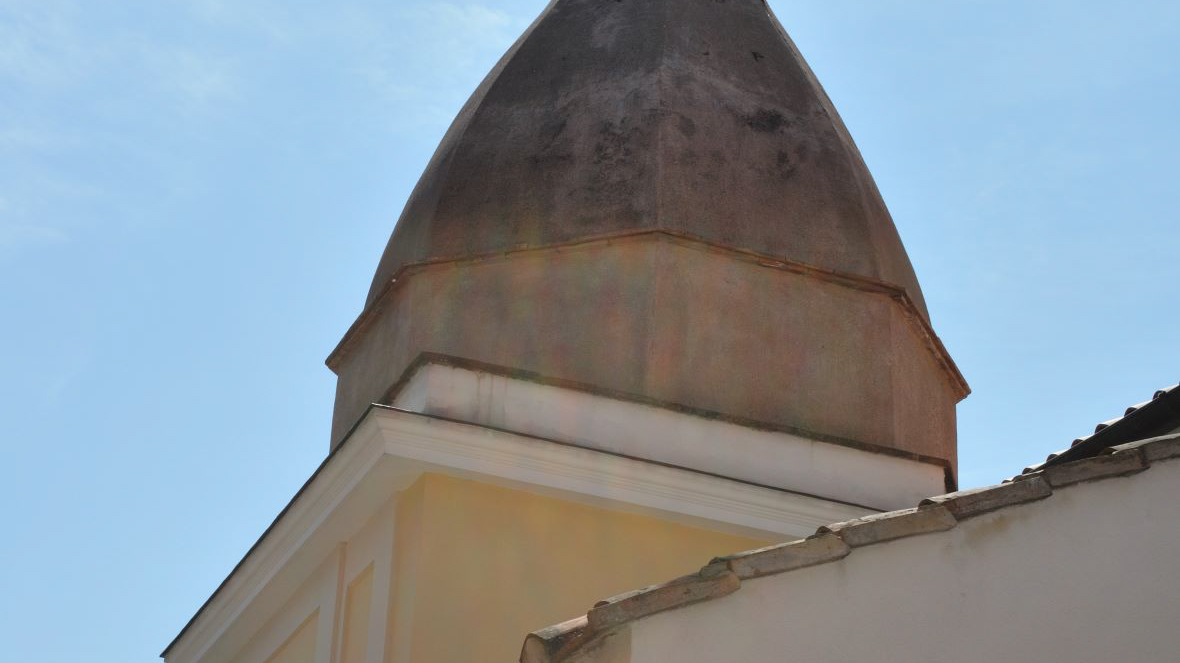
2021
Teano. Church of San Michele Arcangelo

2023
Santa Maria Capua Vetere. The Campanian Amphitheater
The Campanian Amphitheater or Capuano Amphitheater is a Roman amphitheater located in the city of Santa Maria Capua Vetere - coinciding with the ancient Capua - second in size only to the Colosseum in Rome. It is located within the municipal area of Santa Maria Capua Vetere, facing Piazza I Ottobre. A substantial part of its stones were used by the Capuans in the Norman era to erect the Castle of the Stones of the city of Capua; some of his ornamental busts, used in the past as keystones for the theater arches, were placed on the facade of the Town Hall of Capua.

2017
The Royal Palace of Caserta
The Royal Palace of Caserta is a royal palace, with an adjoining park, located in Caserta. It is the largest royal residence in the world by volume and the historical owners were the Bourbons of Naples, as well as a short period in which it was inhabited by the Murat.
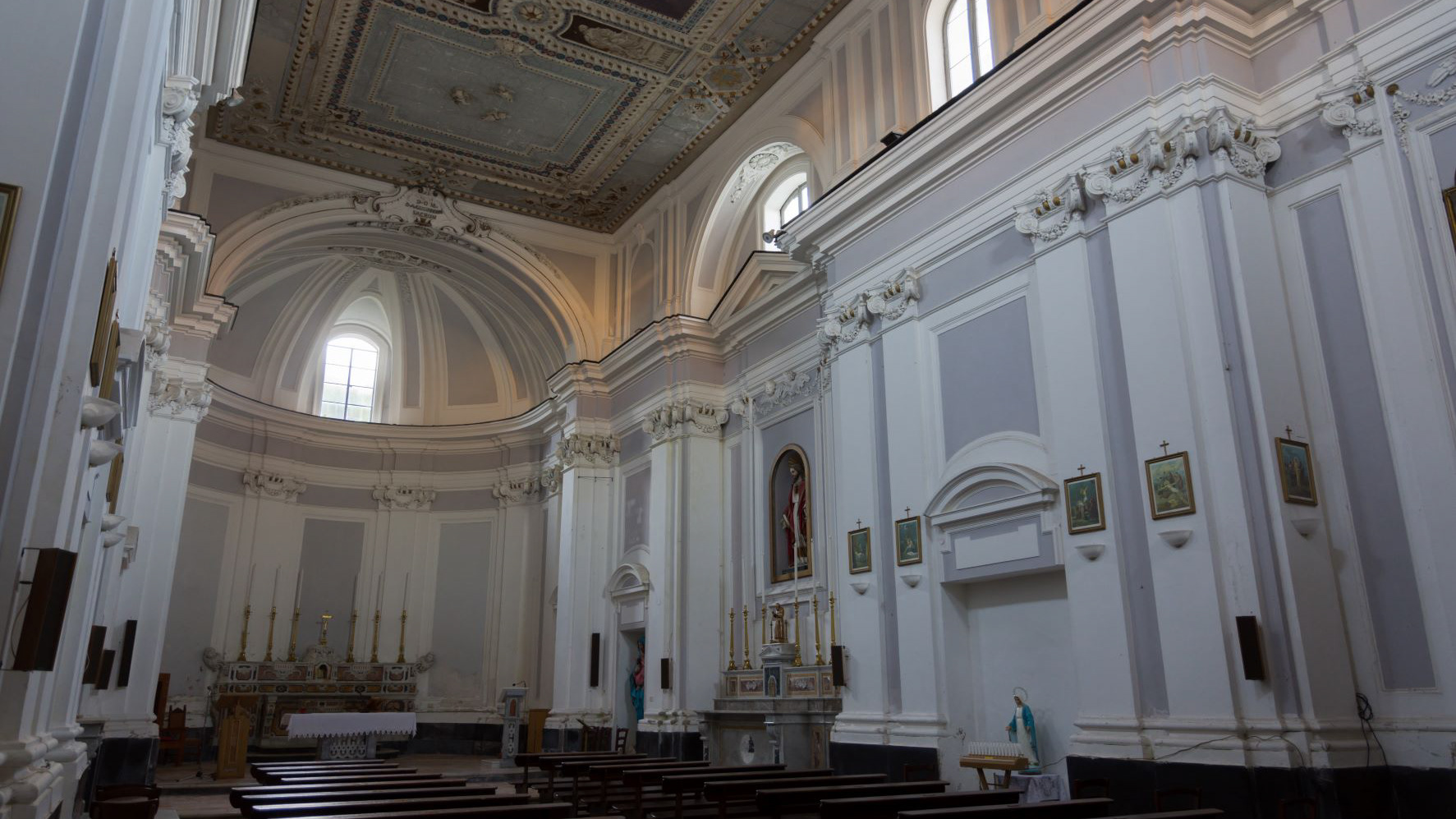
2021
Teano. Church of Sant’Agostino

2021
Teano. The Dome. The Pulpit
The cathedral, originally dedicated to San Terenziano, was later named after San Clemente. Construction began in 1050 by Bishop Guglielmo, to replace the old cathedral of San Paride ad Fontem, located outside the city walls. The works were completed in 1116 by Bishop Pandulfo. The building has a basilica structure divided into three naves by two rows of columns. In 1608 it was damaged internally by a fire that almost completely destroyed the cosmates ambo, subsequently recomposed using the remains of the previous one integrated with the marble slabs of a fourteenth-century sepulchral monument already present in the church and positioned on twisted columns, two of which rested on fountain lions. During the 16th century the Romanesque apse was modified and on that occasion a precious carved wooden choir was built in the presbytery, built in 1539 by the Benedictine Antonio Maria Sertorio. The choir underwent two restorations, the first in the 17th century and the second in 1957, following the damage suffered during the Second World War.
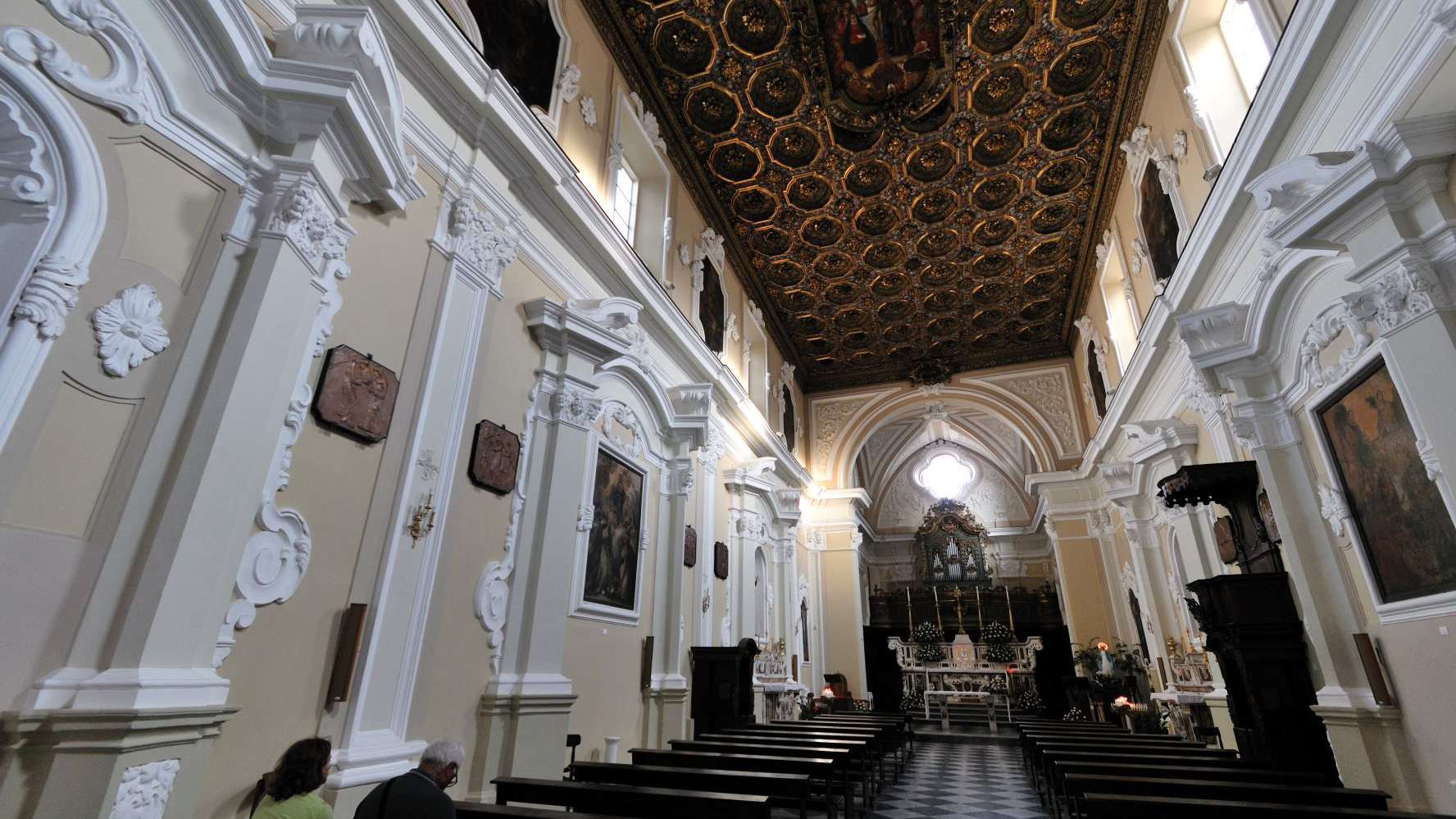
2021
Teano. Church of San Francesco.
Built in the fourteenth century, in Gothic style, by the Conventual Minors it was extensively remodeled in the Baroque age. The magnificent gilded wooden ceiling with one hundred finely carved coffers, with outlines decorated with wreaths of painted roses, for the splendor of the gilded mass wins the comparison with many other similar works. The panel in the center of the ceiling (St. Francis and the council), in which the popes Pius XII, John XXIII and Paul VI and the late bishop of Teano Mons. Sperandeo are depicted, is a modern work by Augusto De Rose. On the entrance door there is a large canvas of the Immaculate Conception by Girolamo Cenatiempo (first half of the 18th century).
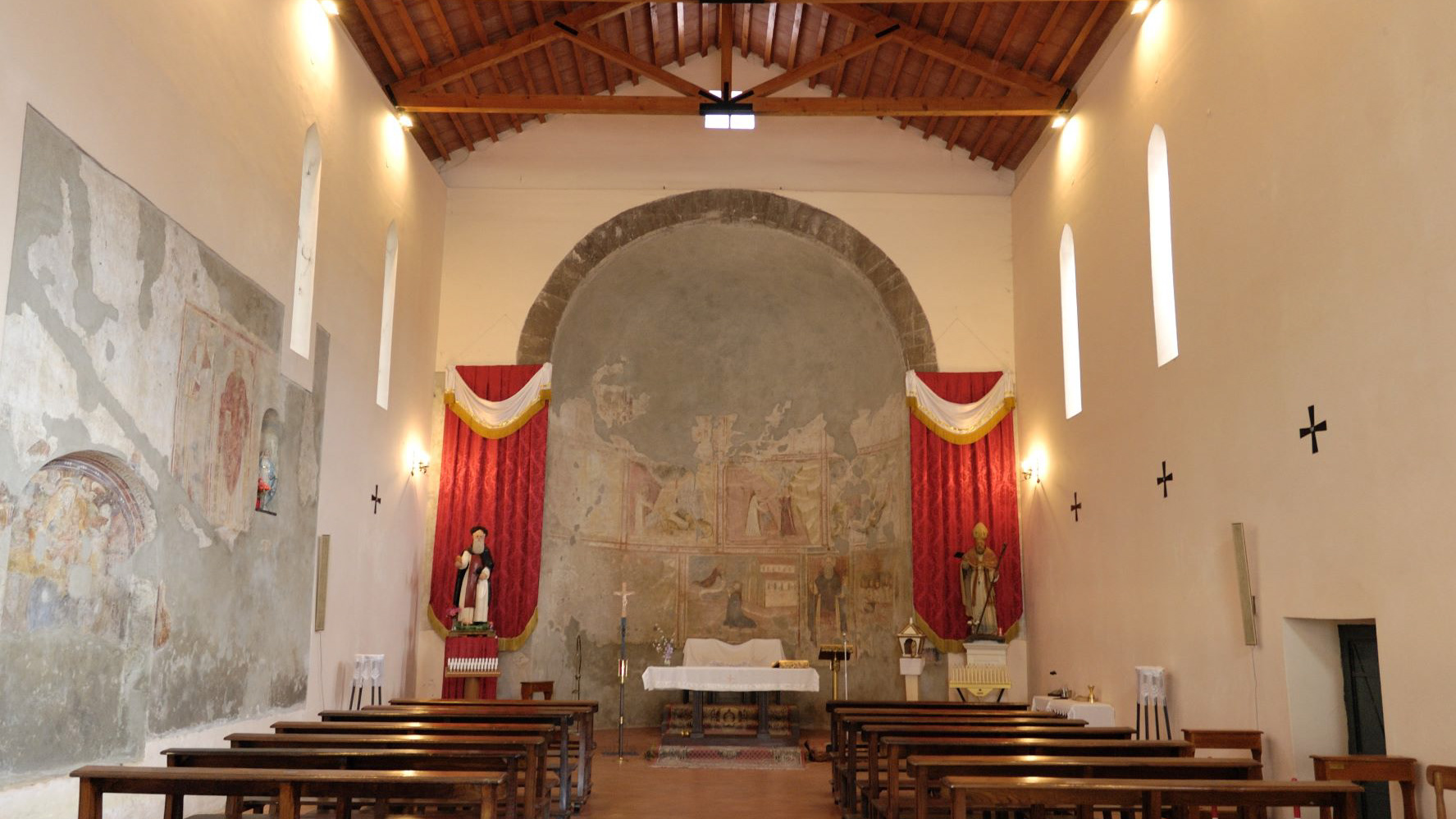
2021
Teano. Church of Sant'Antonio Abate
